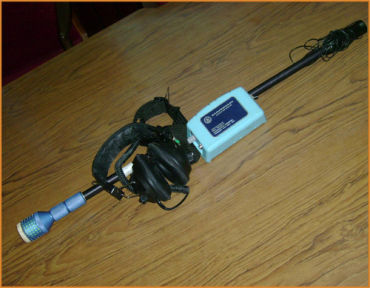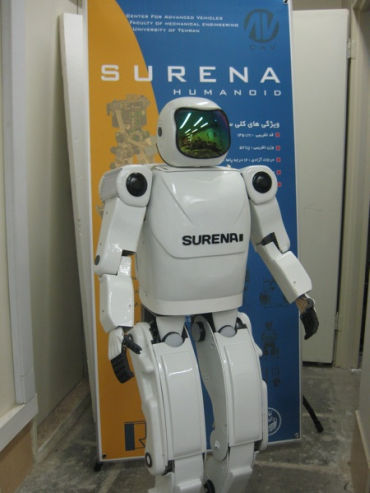
Universities and robotics companies from around the world are pitching in with their own snake bots, aerial vehicles and rovers to unearth survivors, especially from debris that humans can't reach.
These robots can be identified by names. Quince, for instance, is being deployed to sense chemical, biological, radiological or nuclear dangers in areas that firefighters can't reach.
Developed by the Chiba Institute of Technology and Tohoku University, it has a camera, microphone, Position Sensitive Detector sensor, Laser Range Finder, Wi-Fi and Infrared Thermography camera and carbon-dioxide sensors to locate survivors by detecting body heat and breathing. It can move on its wheels at about 5.2 feet per second.
India's Defence, Research and Development Organisation has its own 'Sanjeevani' (meaning 'life giver') for similar situations, the initial version of which was used to detect survivors after the Gujarat earthquake in 2002.
Available as a portable pack, the robot's probe head can be used in air, water or mud.
...

However, they look like machines while another category of 'social', humanoid (even androids) robots have started and behaving more like humans.
Some even serve as human companions like eldercare bots and nanny bots. And there have been talks about "marrying robot companions" too.
To be categorised as 'social', these robots need autonomy (not remote-controlled). Examples include Kismet, Leonardo, Maggie, Domo, Mertz, AIBOs, Furbies, Cog and Paros. Honda's ASIMO, also referred to as a humanoid robot, even celebrated its 10th birthday on October 31, 2010.
Other examples include that of 'Vikia' from the Carnegie Mellon University. It had a flat-screen monitor, which displayed an animated computer graphics model of a female face. The face lip-synced dialogues using text-to-speech software and could exhibit a variety of facial ex-pressions.
Then came Valerie, touted as one of the world's first storytelling roboceptionists with sensors to alert it (she) to the presence of people to whom it would offer assistance and directions.
Valerie also spent time on the telephone, imitating a human receptionist. 'Tank' is a newer version of Valerie.
...

It has hands to manipulate objects, eyes (video cameras), ears (an array of microphones), and a 3-D infrared camera and laser rangefinder to support real-time tracking of objects, people and voices as well as indoor navigation.
The Intelligent Robotics Lab at Osaka University and Kokoro, meanwhile, demonstrated the Actroid at the Expo 2005 in Japan.
In 2006, Kokoro developed a new DER 2 android (a term made popular by sci-fi films like Star Trek, Terminator, Surrogates, and Bicentennial Man), which stood 165 cm tall and could not only change its expressions but also move its hands and feet and twist its body.
EveR-2, a Korean android developed by Kitech can even sing. It (she) is 160 cm tall and weighs 50 kg. Hanson Robotics of Texas. Even Iran has its Surena 2, which can dance.
Do these qualities make a robot social?
Last October, Andrew Meltzoff, co-director of the University of Washington's Institute for Learning and Brain Sciences, and Rajesh Rao, associate professor of computer science and engineering, hypothesised in a research paper (published in 'Neural Networks') that babies would be more likely to view the robot as a psychological being if they saw other friendly human beings socially interacting with it.
...

However, with robots gaining a more human-like appearance and becoming more social with advancements in artificial intelligence over the past 50 years, there are more challenges.
Sherry Turkle, an MIT professor, points out one such dilemma in her book "Alone Together: Why We Expect More from Technology and Less from Each Other": "...These days, insecure in our relationships and anxious about intimacy, we look to technology for ways to be in relationships and protect ourselves from them at the same time...it can happen when interacting with a robot."
(The author, on a sabbatical from Business Standard, is an MIT Knight Science Journalism Research Fellow 2010-11)